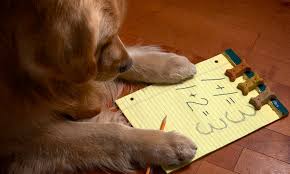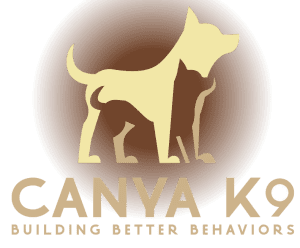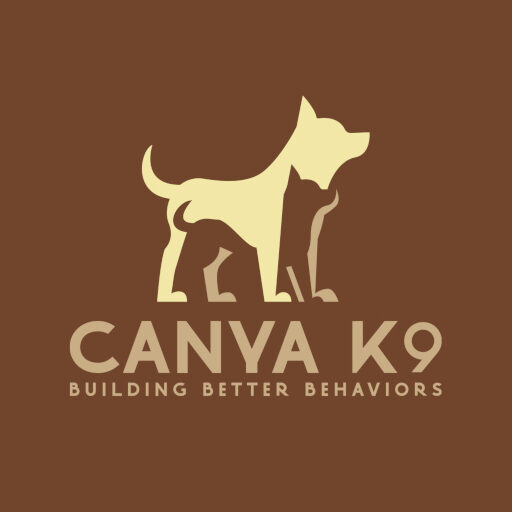The benefits of utilizing markers in dog training
One of the most common puzzle pieces that are missing in dog training is not utilizing “markers”. Markers are different than commands. Most people utilize commands, but not markers. When you apply both, that’s when the real communication with your pup begins. Let’s talk about markers and which ones are good to start with that will drastically improve your training.

Put yourself back into your 5th grade shoes. You have been working hard to learn you spelling words and math equations. You study at home and with you friends hoping to ace the end of the quarter test on Friday. On Monday, your teacher walks around and hands back the tests. You eagerly grab your paper, but there’s no grade on it. In fact, there’s no written or verbal feedback from your teacher at all. Confused, you proceed to be on your best behavior for the rest of the day and hope that maybe your teacher just made a mistake. With little hope left, you walk out of class when the bell rings, take one last look at your teacher and she smiles. A smile? For what? Your test? Does that mean an A, or did I get a B? Was that smile because of my behavior? Or my outfit? This is exactly how a dog is feeling during a training session.
Reward Marker
One of the best things we can during a training session is create clear signals for your dog. The first marker you should implement is a “yes” marker. This is how you are going to relay to your dog that what they just did is good! The “yes” is the verbal marker and giving your dog a treat is the physical marker. Through classical conditioning you can teach your dog that the word “yes” means they did a behavior that will earn them something pleasant, therefore they will do it again. Once this has been conditioned, you can no relay to your dog when they are being a good boy or girl.
For more information on how to “charge your marker” click to link for my youtube channel!
No Marker
Now, what do you think would be helpful to communicate with your dog next? Correct! A way to tell them they did something undesirable. Whether you are force free or a balanced trainer, you can implement a “no” marker. What comes after the verbal “no” is what differs between the two. All that matters, is conditioning the word “no” with something unpleasant for the dog. This can be positive punishment or negative punishment, but the key word is punishment. For some dogs, simply denying them their treat or toy is enough to relay to them that they did not complete a desirable behavior. Your dog will begin to understand what gets him his treats versus what doesn’t. But they need the communication to be clear and precise.
Release Marker
The last marker we will discuss is a release marker. An “okay” as a release marker is common, but you can use whatever word you’d like. This marker comes in handy when you would like to release your dog from a position but not necessarily reward them with a treat or toy. The release marker (and reward marker) are how you tell your dog that their job is complete. The best examples of implementing a release marker is to communicate to your pup that it’s okay to break a threshold or to come off their place position. The reward is usually the act if going for their walk or re-joining the family in the living room itself, so you don’t need to give them a treat, but you still want them to understand that they need to stay put until you allow them to leave. A release marker is also a command that will need a little training, but the benefits are worth it!
In the beginning, teaching markers will be messy. But that’s the fun! Stick with it and I promise after you see some progress your mind will be racing about how else you can communicate with your pup!
Remember, anything is paw-sible!


Join Our Newsletter
Stay informed on the latest information.





